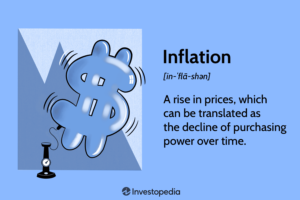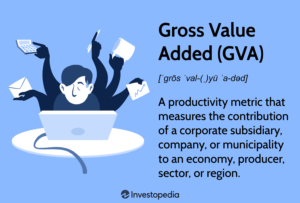Recently, the weather has been alarming, with heat waves across the nation. Along with this, the international weather is highly tense due to pro-longed geo-political tensions. Such conditions are unfavourable for the economy.
The April RBI bulletin released on April 23 reports the consequences of the above-mentioned adversities.
What does the report say?
The Reserve Bank of India (RBI), in its April Bulletin, stated that there may be a risk to India’s inflation in the near term due to Extreme weather events along with geopolitical tensions that could keep crude oil prices “volatile”.

Retail inflation, based on the Consumer Price Index (CPI), declined to 4.9 per cent in March from 5.1 in the preceding two months. However, many economists expect CPI inflation to average 5-5.2% in Q1 FY25, as against 4.9% projected by the central bank.
According to the WMO report, “data from the Indian Meteorological Department (IMD) reflects a worrying escalation in extreme weather events necessitating an urgent and collective response.” The weather department has projected that April-June will record “above-normal” temperatures and that some sections of the country will witness heatwaves.
Despite some signs of moderation, food inflation remains elevated and is a potential source of risk to the disinflation trajectory, according to a paper titled ‘State of the Economy’ released as part of the bulletin. It was authored by the RBI staffers.
On the economy, the Bulletin said that in India, conditions are shaping up for an extension of the trend upshift that took the average real gross domestic product (GDP) growth above 8 per cent during 2021-24.
On the international front, the report showcases a positive outlook for world trade.
The report said that the country must grow by 8-10 per cent for the next three decades to reap the benefits of demographic dividends, which will last until 2055.
It has been clarified that the views expressed in the report are those of the authors and do not represent the views of the RBI.

The article added, “For India to harness its favourable demographics and achieve the escape velocity required to breach the low middle-income barrier, the developmental strategy over the next few decades must centre around extracting the maximum possible contribution of its young and rising labour force to the growth of GVA (gross value added).”










